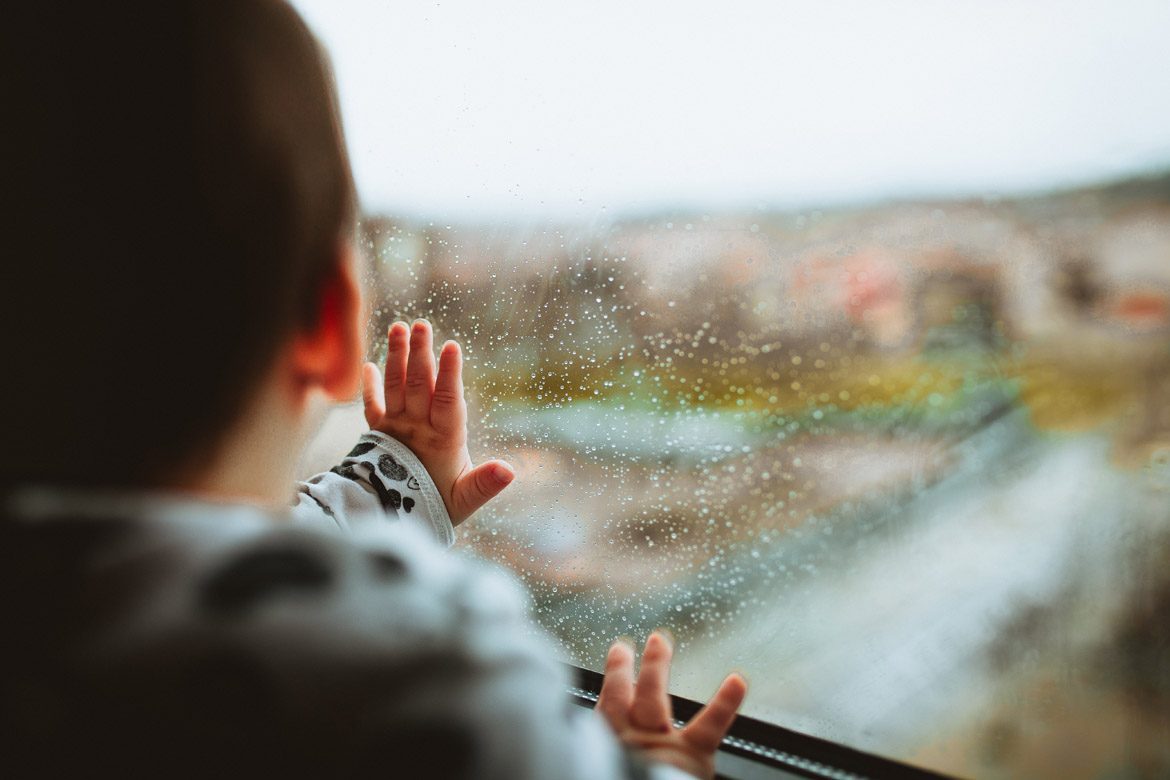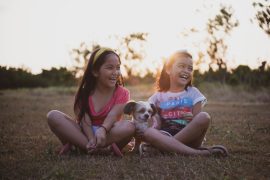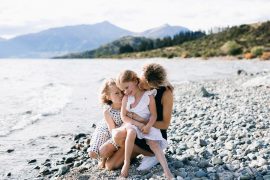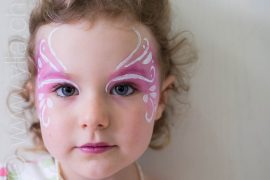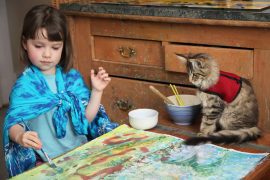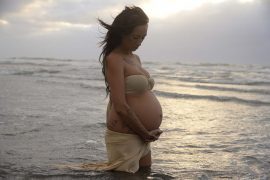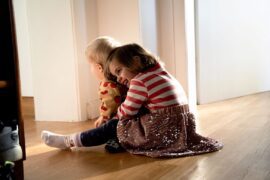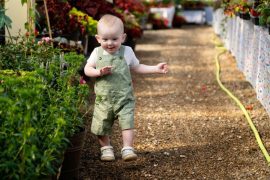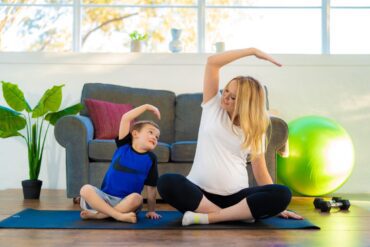By Anna Brones
As a modern culture, we tend to categorize weather as “good” or “bad”, as if only one kind could be loved and celebrated. But if we only go out when the weather is “good”, we’re missing out on deep human experiences that can help put our lives in context.
Of course, to some extent it makes sense to avoid “bad” weather. For our ancestors, fall, winter and early spring could be harsh times. There was no romanticizing the colder months because they were too busy focusing on pure survival. But now many of us have the privilege of sitting inside looking out, protected from the harsh realities of the outside, natural world. It’s comfortable, and it makes survival a lot easier – but this luxury removes us from experiencing the natural cycle firsthand.
Many years ago I read Colin Beavan’s book No Impact Man and one section has always stuck with me. Beavan is carrying his daughter Isabella (she was toddler-age in the book, from my memory) to a park, in a downpour, in the middle of New York City. It’s wet and windy, and he tries to maneuver his umbrella so that they won’t get wet. Isabella is irritated and crying, the precise reaction we adults might expect from a cold, blustery day when someone drags you outside. Soon a gust of wind grabs the umbrella, pulling it out of Beaven’s hand and removing their protection. His daughter’s tears subside, she calms. He quickly realizes that his daughter isn’t crying because she is getting wet. She is crying because the umbrella is keeping her out of the rain.
She wants to feel the elements.
Soon a gust of wind grabs the umbrella, pulling it out of Beaven’s hand and removing their protection. His daughter’s tears subside, she calms. He quickly realizes that his daughter isn’t crying because she is getting wet. She is crying because the umbrella is keeping her out of the rain.
I think this passage stuck with me because I, too, know that feeling. I grew up in the Pacific Northwest, and here, rain is less an irritant and more of a thing-that-you-live-with. Certainly, we’ll complain about the weather, but if you don’t learn to coexist with it, you’ll hardly survive. After all, if weather dictated whether or not you would go outside, you might rarely get outside.
Rain is a constant in the Pacific Northwest, and some of the best adventures can be had with your rain jacket cinched tight around your cheeks, a trail winding through moss-covered maples, leaves glistening in their wet sheen. After all, even in the worst downpour, as long as you have stashed a thermos full of a warm drink and a pair of dry socks in the car at the trailhead, you’ll be rewarded for your commitment to getting outside no matter what.
These are rules I abide by. Even in a downpour, I still try to ride my bike instead of taking the car, and a weather prognosis of rainclouds doesn’t mean I will pull the plug on an outdoor excursion. I love how a body of water looks when it’s raining, the many raindrops creating ripples that extend all across the washed-out surface of the sea. Sometimes if it’s pouring in the middle of the workday, I’ll go outside and just stand in the rain for a few minutes, closing my eyes and lifting my chin towards the sky. I have even been known to randomly run outside barefoot in the spring rain, just to feel the wet grass on my feet-a cold, damp jolt to remind me I’m alive.

